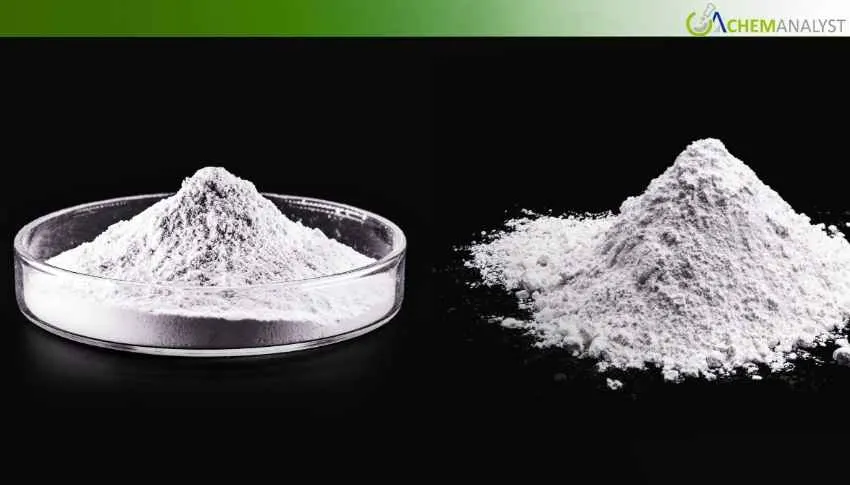Welcome To ChemAnalyst

In October 2025, the U.S. lithium carbonate market experienced stability after being on a bullish trajectory. Demand was created with electric vehicles and energy storage demand remaining constant, sustained by continued gigafactory ramp-up activity and IRA compliance, all of which contributed to continued elevated offtake levels. Additionally, supply conditions remained stable, especially with continued shipments flowing from Chile and baseline levels of Albemarle production. Globally, the lithium carbonate market is facing a notable oversupply, with an excess of 150,000 tonnes of lithium carbonate to date, and much of this is driven by aggressive mine expansions and slower-than-expected demand rebound. Further, the policy-driven demand management environment continues to be strong, along with 440 GWh of battery manufacturing capacity to build a solid buffer into a potentially volatile space. Overall, lithium carbonate is expected to maintain a firm trajectory upward as supply and demand catch up to one another.
In October 2025, the U.S. lithium carbonate prices remained relatively unchanged, with a tenuous balance between high downstream demand and the first signs of evolving dynamics from the supply side. Following nearly twelve continuous weeks of bullish market conditions, the market came into a consolidation phase, with sentiment stabilizing as normal procurement activity returned, and operating rates among battery manufacturers remained constant.
During the month, lithium carbonate demand was bolstered by strong activity in the electric vehicle (EV) and energy storage segments. Established automakers sustained a strong offtake of cathode materials, and ramp-ups at gigafactories and IRA compliance mandates continued to promote elevated offtake. The consistent demand maintained tethered market confidence despite early upstream signals changing.
On the supply side, lithium carbonate availability remained solid due to stable shipments from Chile. The SQM and Codelco partnership meant secure access to Atacama resources, which also affords U.S. refiners stability. Albemarle's prior supply disruption was resolved, restoring production and alleviating short-term concerns.
Despite this, new supply signals emerged over the course of the month. LibertyStream commissioned its Texan refinery, which has a nameplate capacity of 10 tonnes per annum. Meanwhile, Chinese regulators approved the reopening of CATL's Jiangxi mine. Furthermore, multiple state grants expedited other U.S. refinery projects, which suggests there may be an uptick in domestic lithium carbonate supply over the near term.
Albemarle Corporation's strategic sell-offs also made news in October, as the company announced it would sell a controlling stake in its Ketjen Corporation unit that manufactures catalysts for refining, as well as its 50% stake in the Eurecat joint venture. This is all aimed at streamlining its operations and re-focusing - or re-aligning - its business back around lithium carbonate capabilities, amidst difficult regional pricing conditions.
Worldwide, the lithium carbonate market is grappling with a large supply overhang- an excess of around 150,000 tonnes. The supply overhang stems from aggressive expansions of lithium mine production capacities, while demand growth has not materialised as quickly as expected in key markets such as China and the U.S. Although EV sales continue to be strong, the expected surge in lithium consumption has not yet taken place.
Domain experts caution that the oversupply of lithium carbonate could linger until 2030 unless new supply additions are delayed or demand accelerates at a rate higher than expected. For companies like Rio Tinto that are working on direct lithium extraction technologies, they seem to be betting on a longer-term recovery in the fundamental drivers of this market.
In preview, the U.S. lithium carbonate industry seems on course for sustained resiliency. Now that battery manufacturing capacity is at 440 GWh and federal incentives for clean energy transitions are in train, demand should remain reliable. Supply and demand will eventually realign, and lithium carbonate may re-enter sustainable growth conditions later in the decade.
We use cookies to deliver the best possible experience on our website. To learn more, visit our Privacy Policy. By continuing to use this site or by closing this box, you consent to our use of cookies. More info.
